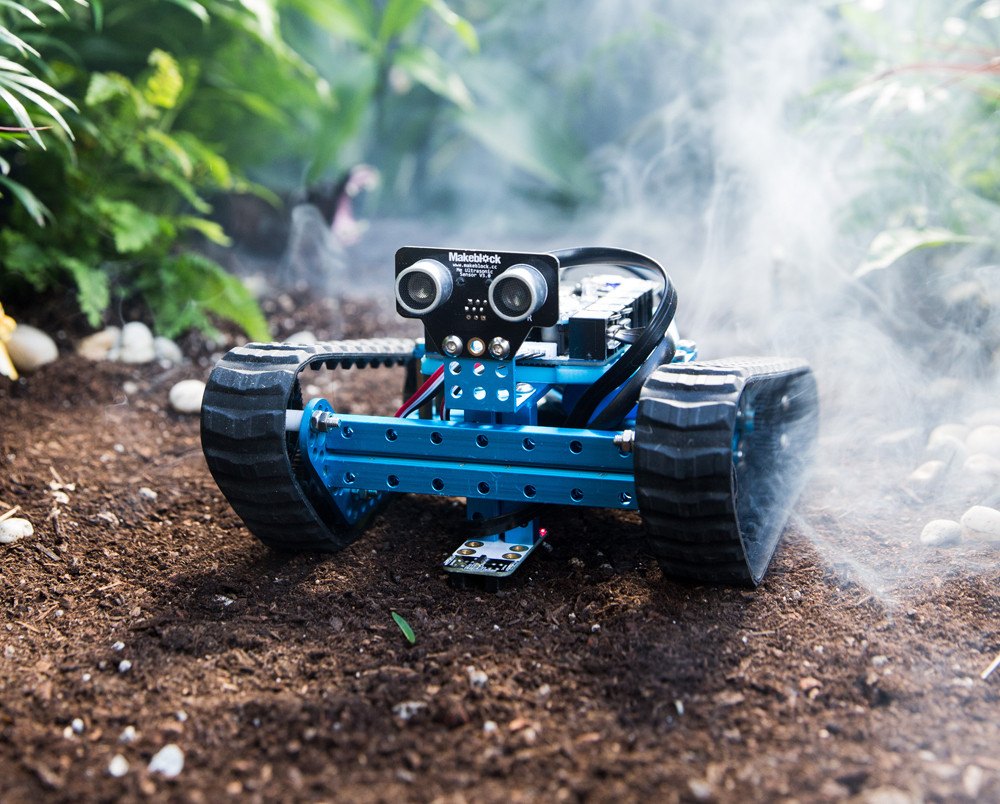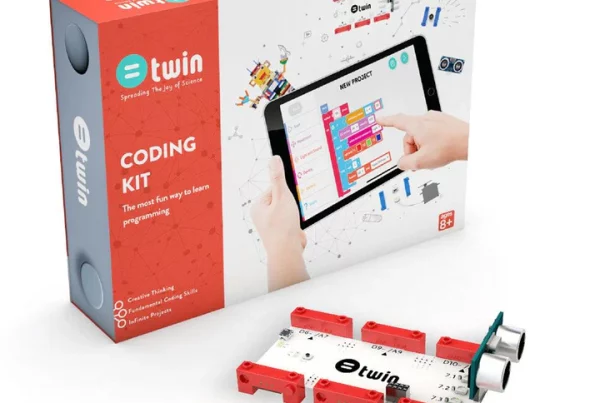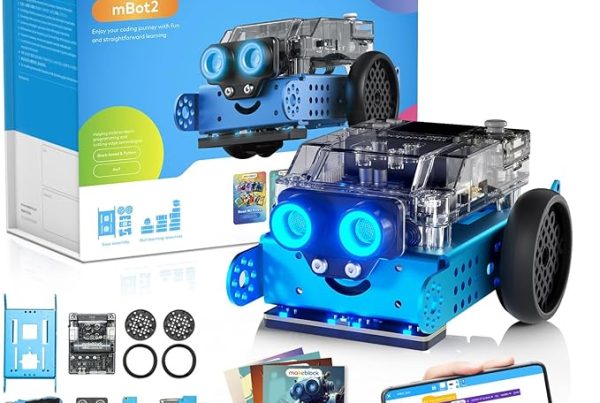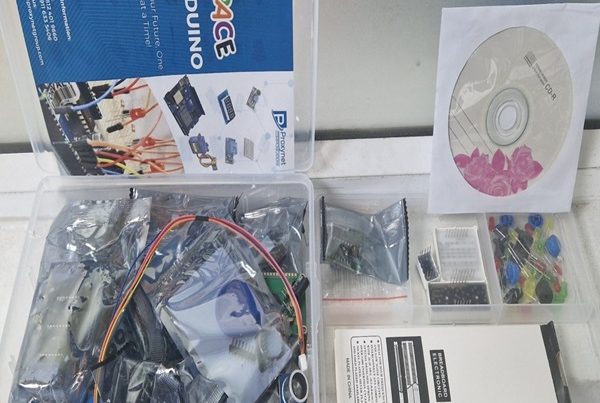Introduction
Embark on a journey of discovery with the mBot Ranger, a fascinating educational robot packed with an array of sensors that bring it to life. Imagine a robot that can see, hear, feel, and even think. The mBot Ranger’s sensors are its eyes, ears, and touch, enabling it to perceive and interact with its surroundings in incredible ways. In this article, we’ll explore the diverse range of sensors that make the mBot Ranger such a remarkable companion for learning and exploration.
What is the mBot Ranger?
Have you ever wondered how robots can navigate their surroundings, avoid obstacles, and respond to their environment? The mBot Ranger is a fascinating educational robot that offers a hands-on way to explore these concepts. It’s a versatile platform that includes a variety of sensors, enabling it to perceive and interact with its world.
Imagine the mBot Ranger as a curious explorer, equipped with a toolkit of sensors to help it understand its surroundings. These sensors act like its eyes, ears, and touch, allowing it to make informed decisions and respond to changes in its environment. From detecting obstacles to measuring temperature and even following lines, the mBot Ranger’s sensors empower it to perform a wide range of tasks.
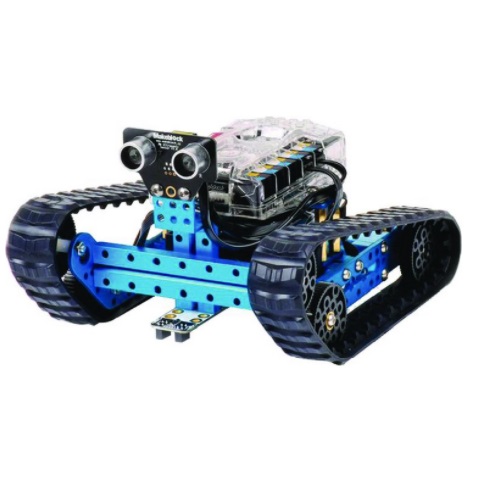
Why are Sensors Essential in the mBot Ranger?
Sensors are the backbone of the mBot Ranger’s capabilities. They provide the robot with vital information about its environment, enabling it to make intelligent decisions and interact with its surroundings in a meaningful way.
Think of sensors as the robot’s senses. Just as humans rely on their sight, hearing, and touch to navigate the world, the mBot Ranger uses its sensors to perceive and understand its environment. By collecting data from its sensors, the robot can determine its position, detect obstacles, measure distances, and respond to changes in its surroundings.
The Makeblock mCore: The Brain of the mBot Ranger
At the heart of the mBot Ranger lies the Makeblock mCore, a powerful microcontroller that acts as its brain. It’s responsible for processing the data collected by the sensors and controlling the robot’s actions.
Think of the mCore as the robot’s central command center. It receives information from the sensors, analyzes it, and then instructs the robot on how to respond. Whether it’s avoiding an obstacle, following a line, or performing a specific task, the mCore is the key to the mBot Ranger’s intelligence and functionality.
The mBot Ranger’s Array of Sensors
The mBot Ranger has a diverse array of sensors, each serving a unique function. Let’s explore some of the most important sensors and how they contribute to the robot’s capabilities:
Line Follower Sensor
The line follower sensor is a crucial tool for navigating along predefined paths. It detects black lines on a white background, allowing the mBot Ranger to follow specific routes or complete obstacle courses.
Ultrasonic Sensor
The ultrasonic sensor uses sound waves to measure distance. By emitting a high-frequency sound and measuring the time it takes for the echo to return, the sensor can determine the distance to objects in its path. This is essential for avoiding collisions and navigating complex environments.
Infrared Sensor
The infrared sensor detects infrared radiation, which is invisible to the human eye. People can use it for various purposes, such as detecting obstacles, measuring temperature, and communicating with other devices.
Touch Sensor
The touch sensor is a simple but effective way to detect physical contact. The robot can trigger actions or responses when it comes into contact with an object.
Light Sensor
The light sensor measures the intensity of light. It can detect changes in lighting conditions, control LEDs, or follow light sources.
Temperature Sensor
The temperature sensor measures the ambient temperature. It can be used to monitor environmental conditions, control heating or cooling systems, or trigger actions based on temperature changes.
Sound Sensor
The sound sensor detects sound waves. It can be used to measure sound intensity, detect specific sounds, or trigger actions based on sound input.
Gyroscope Sensor
The gyroscope sensor measures angular velocity, which is the rate of rotation around an axis. It can be used to maintain balance, stabilize the robot, or control its orientation.
Accelerometer Sensor
The accelerometer sensor measures linear acceleration, which is the rate of change of velocity. It can be used to detect changes in motion, such as shaking or tilting.
Compass Sensor
The compass sensor measures the Earth’s magnetic field. It can be used to determine the robot’s orientation and direction, allowing it to navigate accurately.
The Controller Remote: A Handy Tool
In addition to its impressive array of sensors, the mBot Ranger also comes with a convenient controller remote. This remote allows you to control the robot’s movements, trigger actions, and interact with its sensors.
Think of the controller remote as a remote control for your mBot Ranger. It provides a user-friendly way to operate the robot and explore its capabilities. Whether you want to drive it around, perform specific tasks, or experiment with different sensor combinations, the controller remote is a valuable tool.
Conclusion
The mBot Ranger is a remarkable educational robot that offers a wealth of possibilities for learning and exploration. Its impressive array of sensors, combined with the powerful Makeblock mCore, enables it to perceive and interact with its environment in a truly engaging way.
By exploring the mBot Ranger’s sensors and experimenting with different applications, you can develop your programming skills, learn about robotics and electronics, and have a lot of fun in the process. So why not embark on a journey of discovery and unlock the full potential of this amazing robot? you can also read on Exploring the Potential And Features Of The mBot App to get more information.
FAQs
The mBot Ranger is equipped with a variety of sensors, including line follower sensors, ultrasonic sensors, infrared sensors, touch sensors, light sensors, temperature sensors, sound sensors, gyroscope sensors, accelerometer sensors, and compass sensors.
The controller remote for the mBot Ranger typically does not have any built-in sensors. It primarily serves as a remote control for operating the robot.
You can usually replace damaged sensors on the mBot Ranger by following the manufacturer’s instructions or seeking assistance from the community. Makeblock provides resources and support for sensor replacement.
The price of mBot Ranger sensors may vary depending on the specific sensor and where you purchase it. You can find pricing information on the Makeblock website or through authorized retailers.
Yes, you can often use the mBot Ranger sensors for other projects or applications. They can be integrated into various robotics or electronics projects to add functionality and sensing capabilities.


